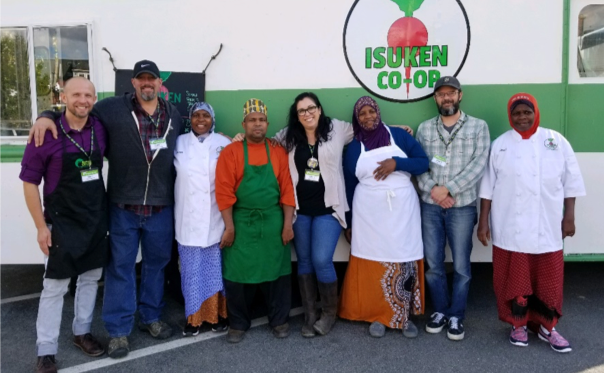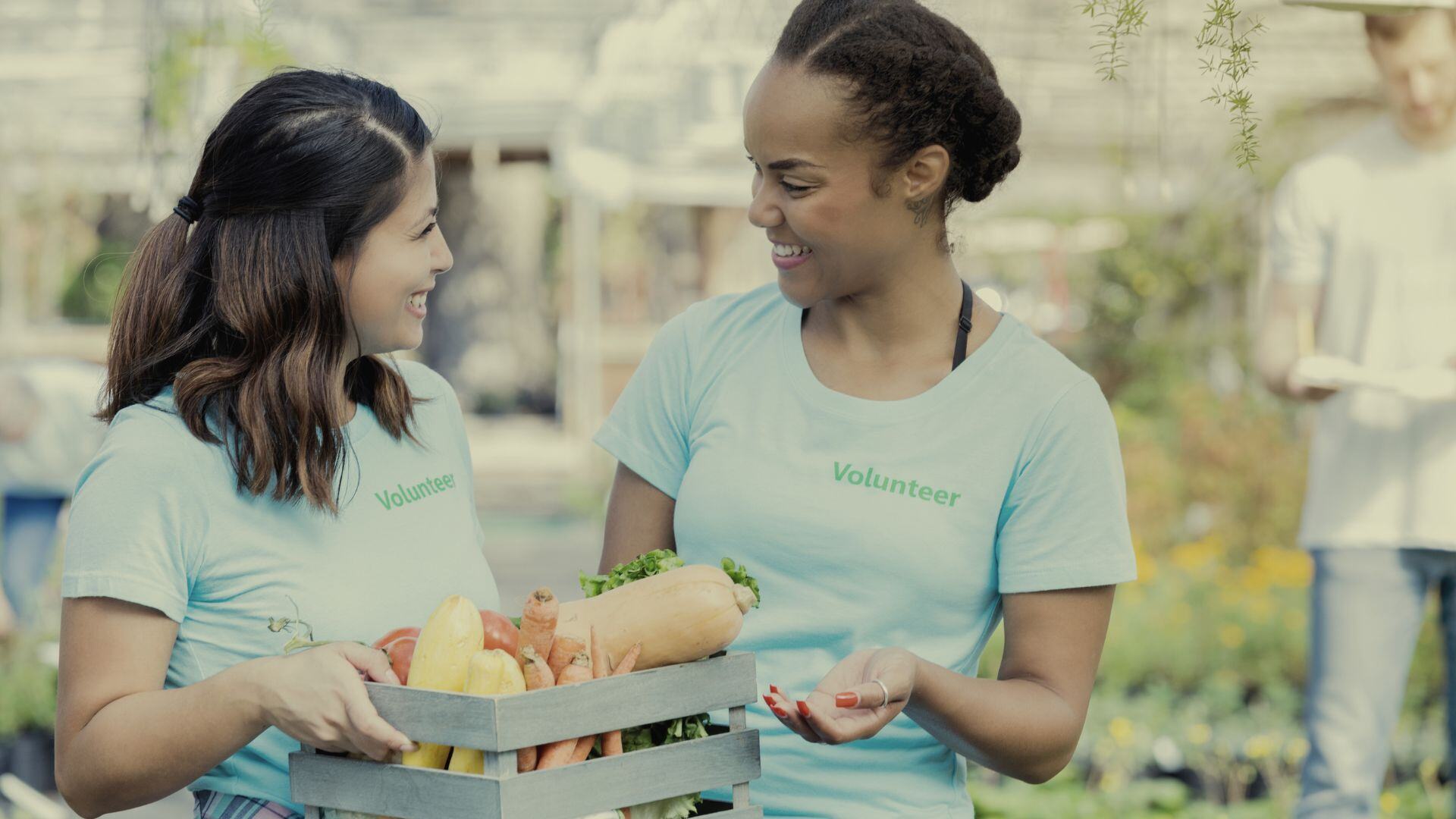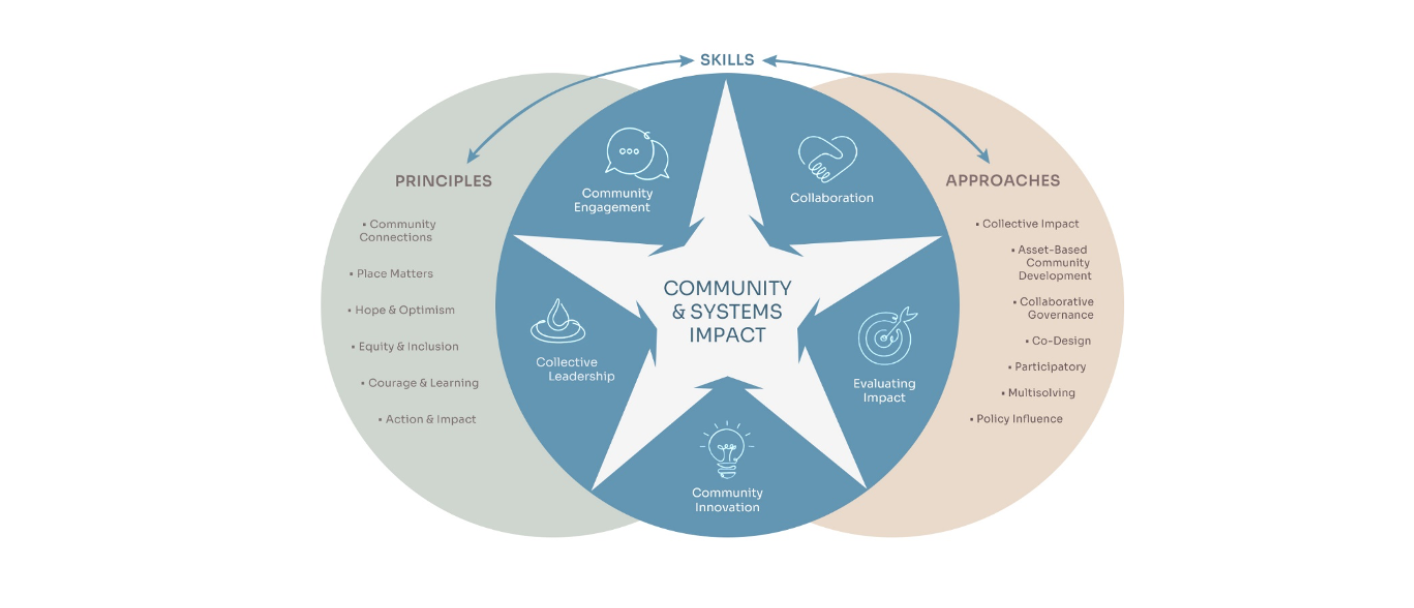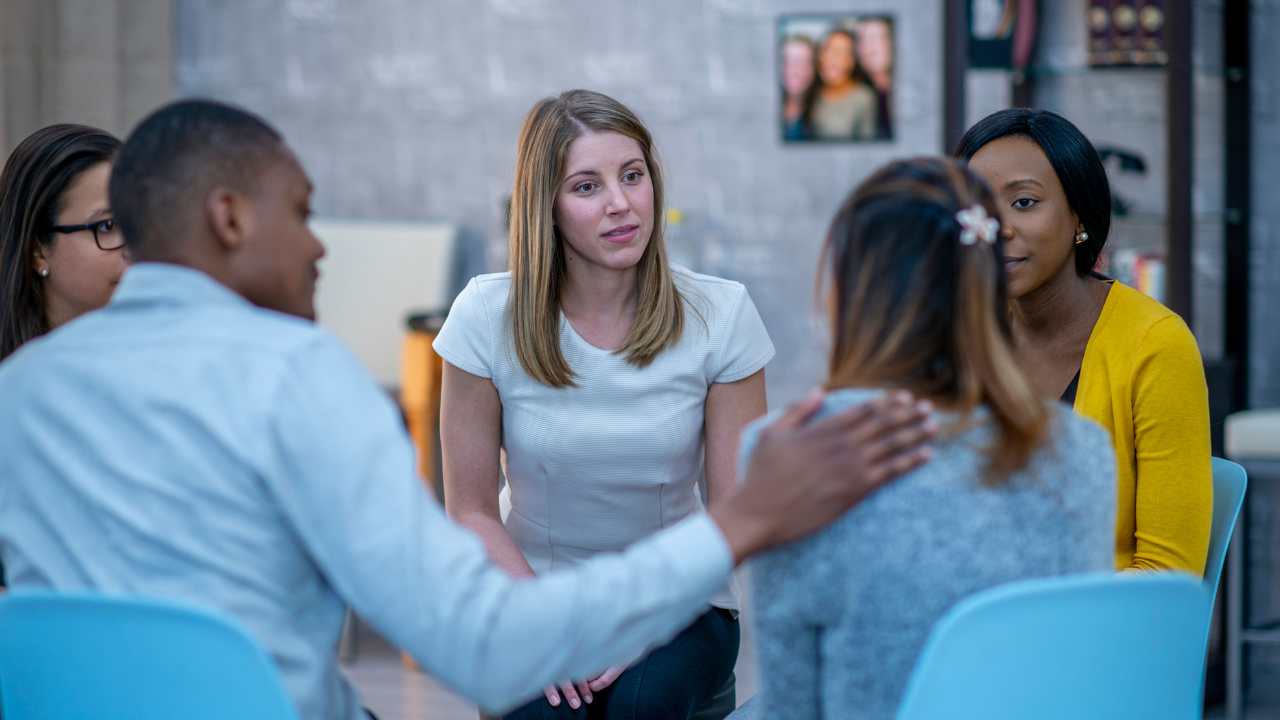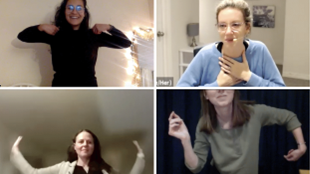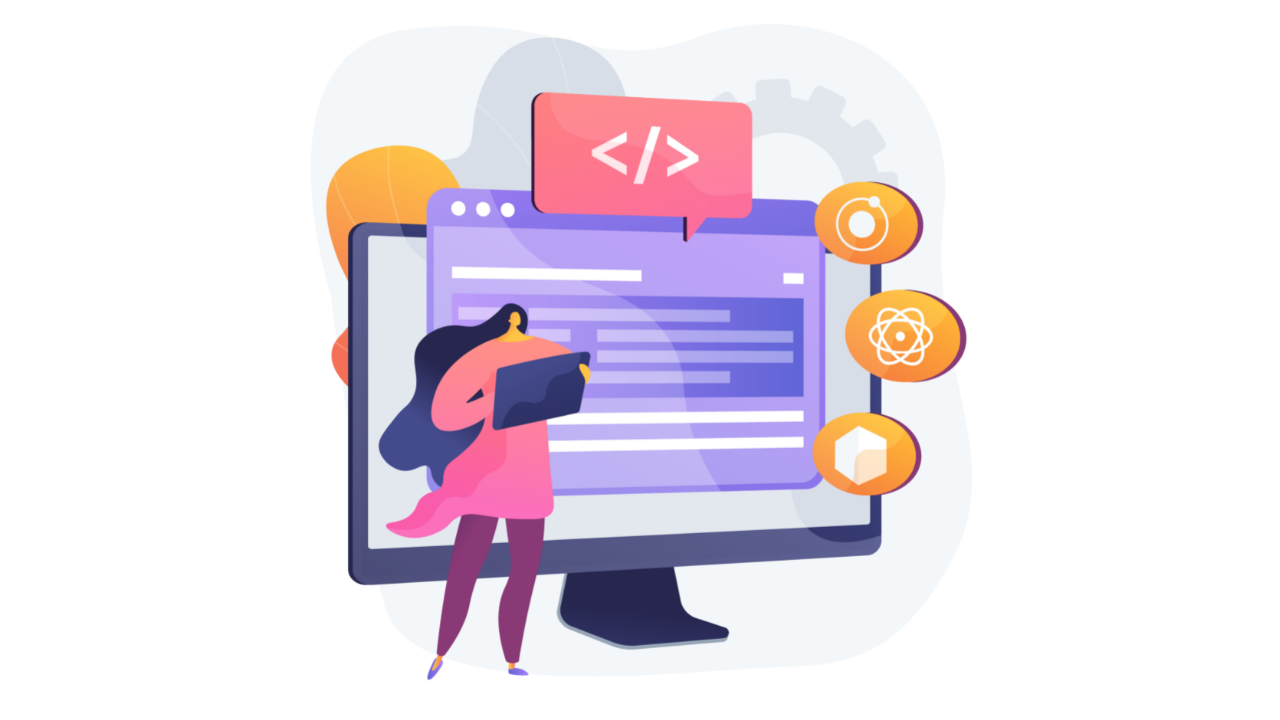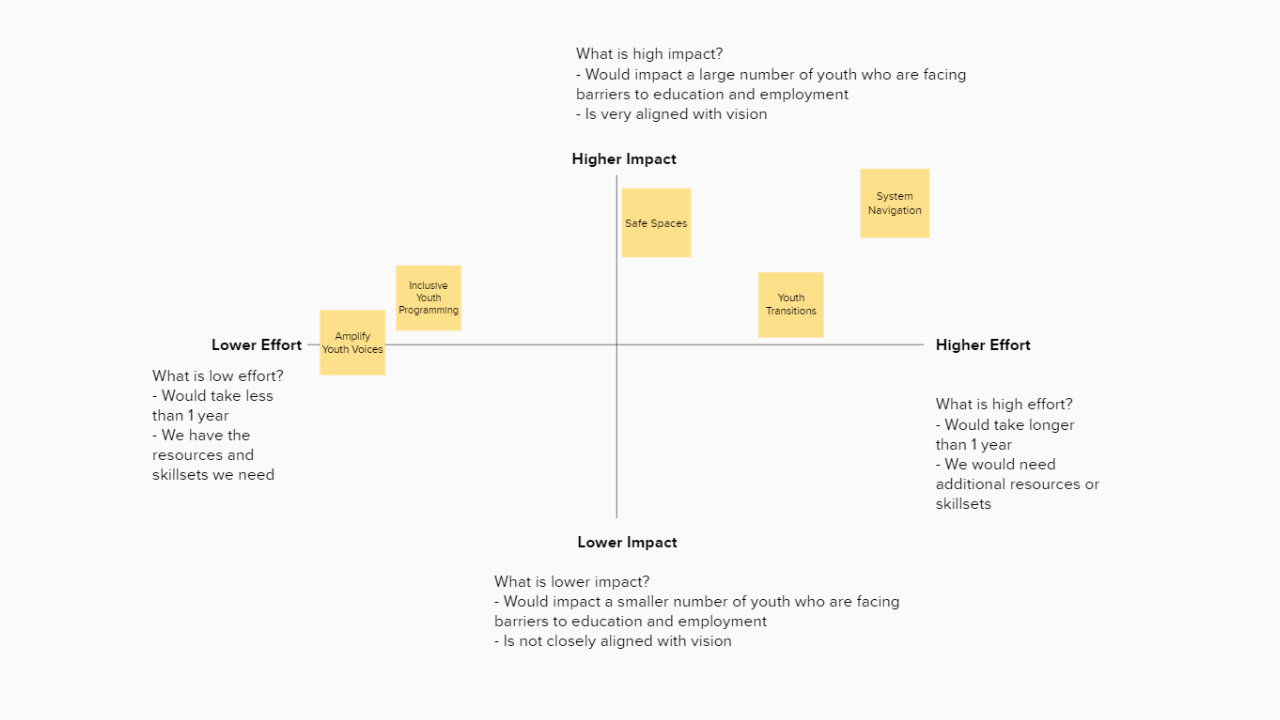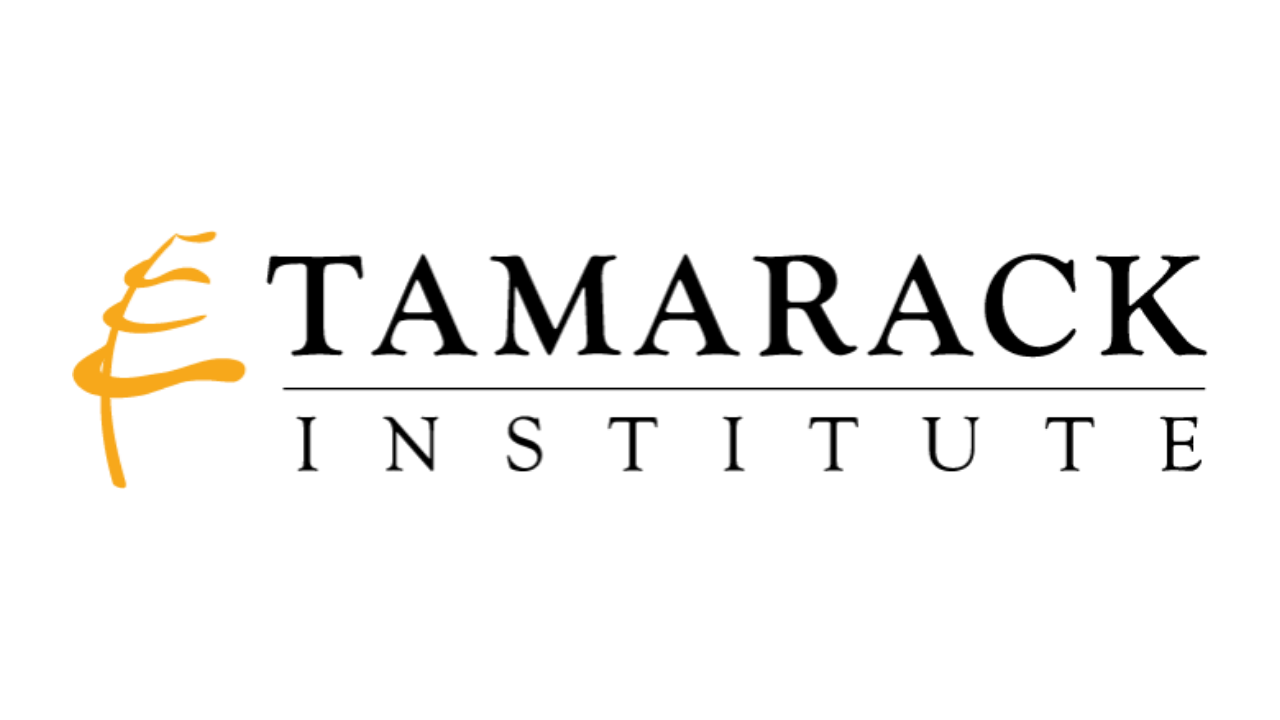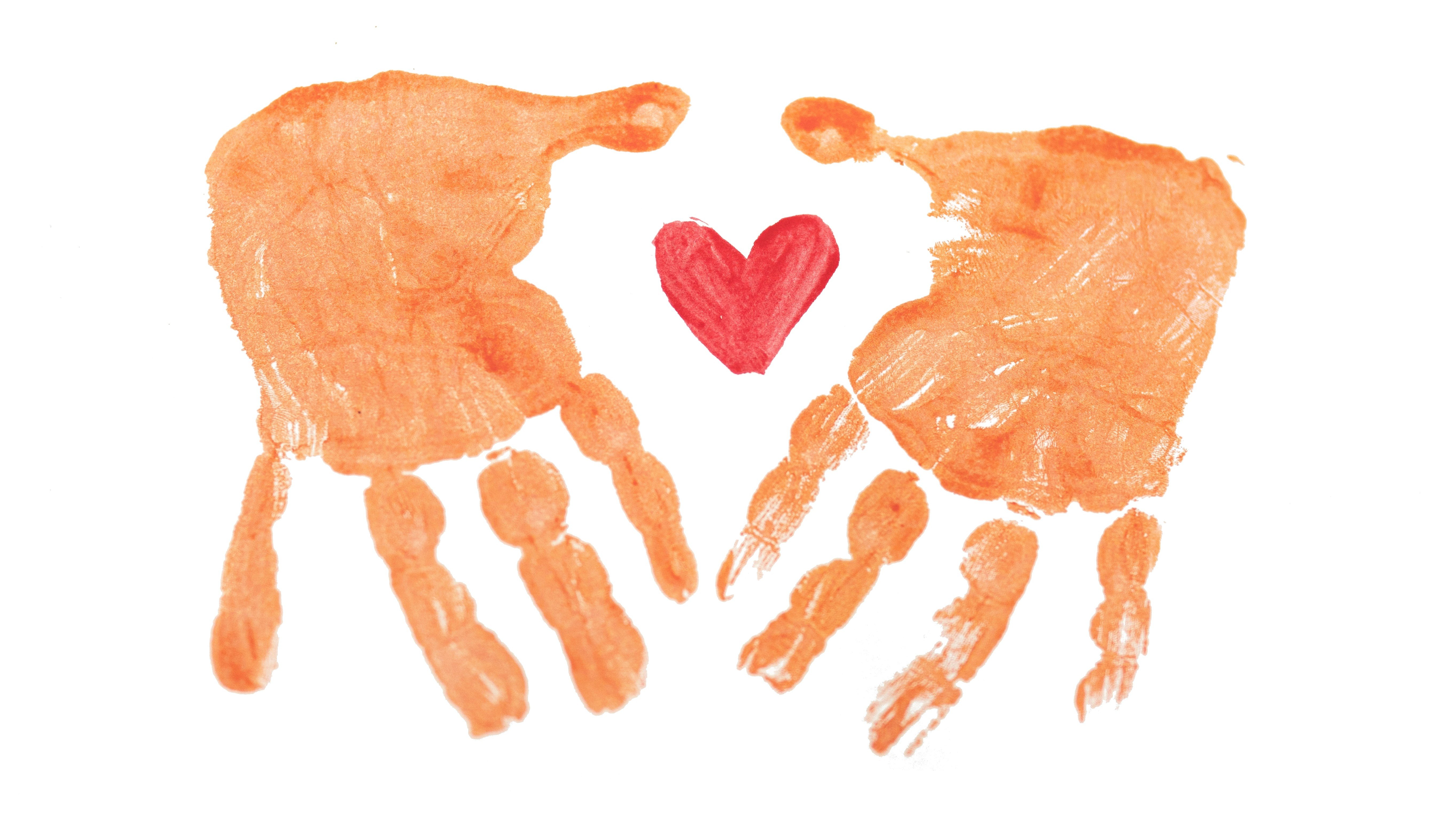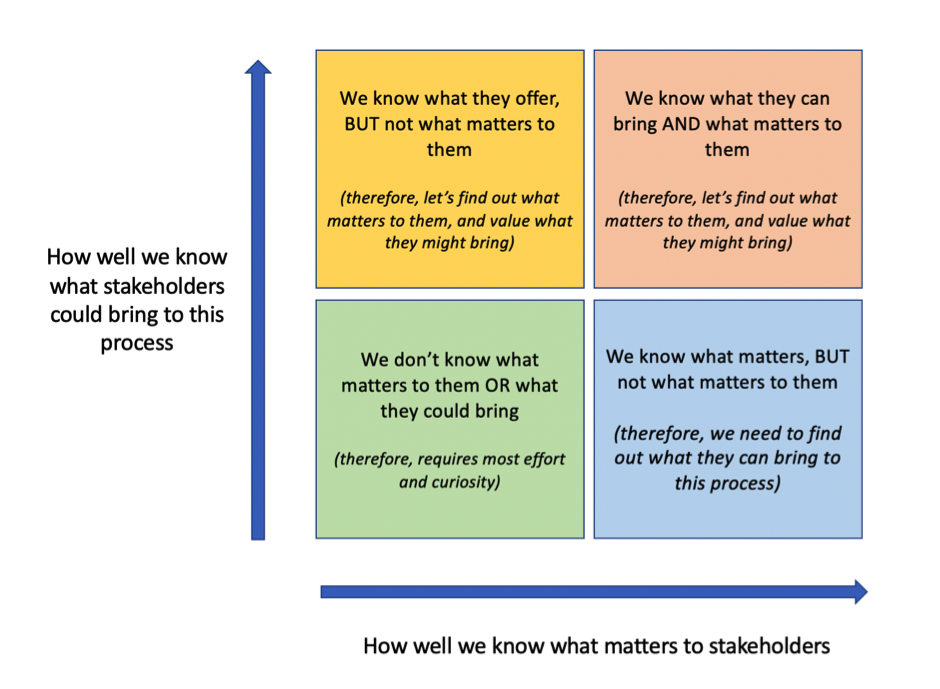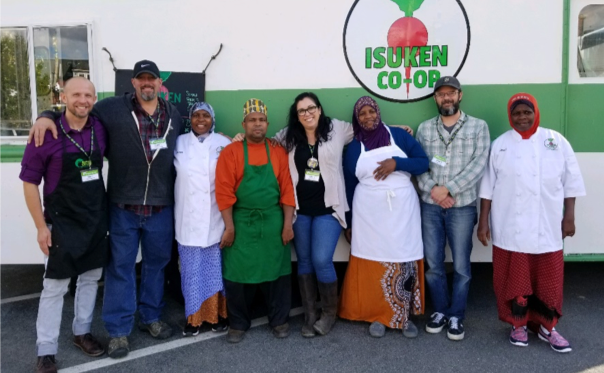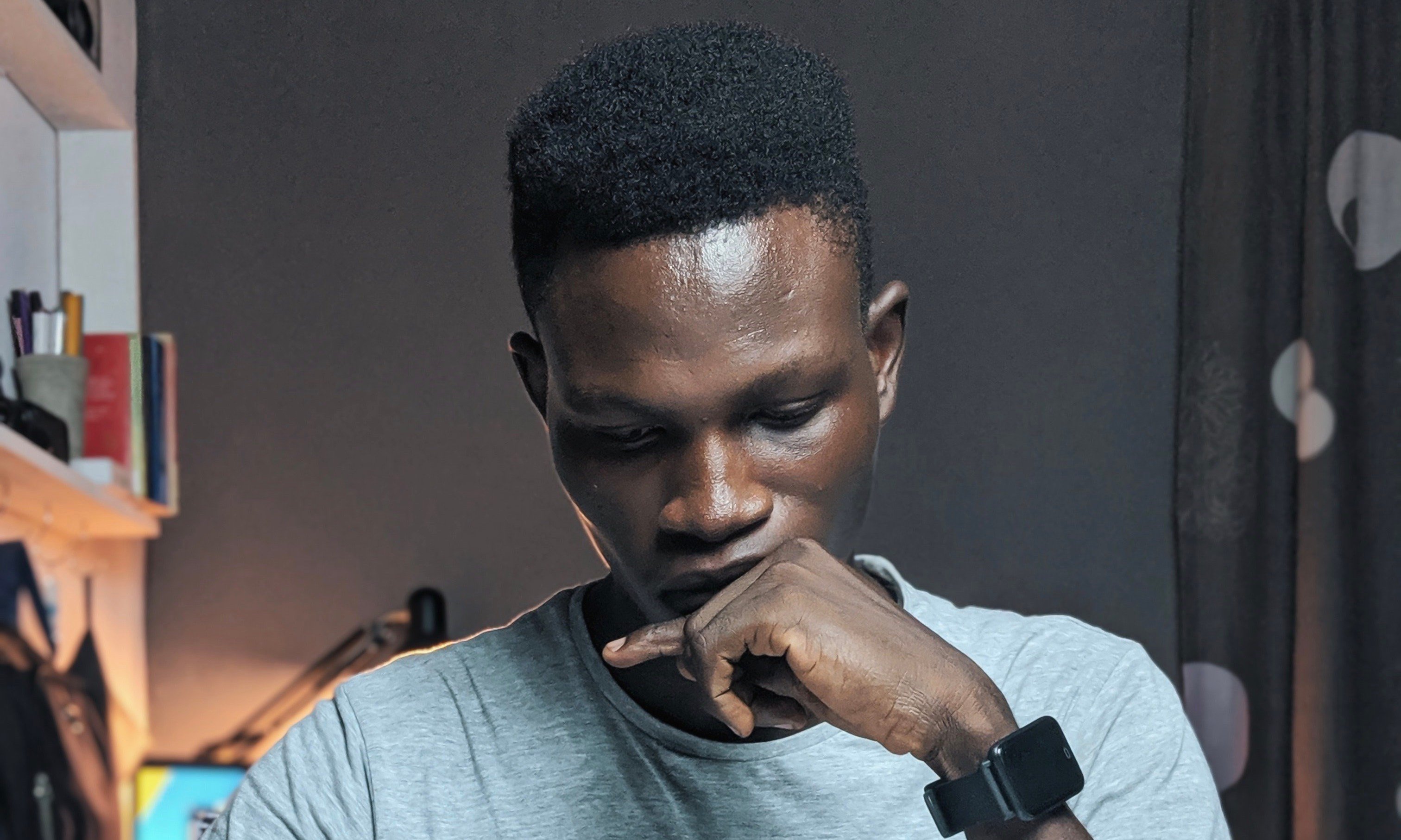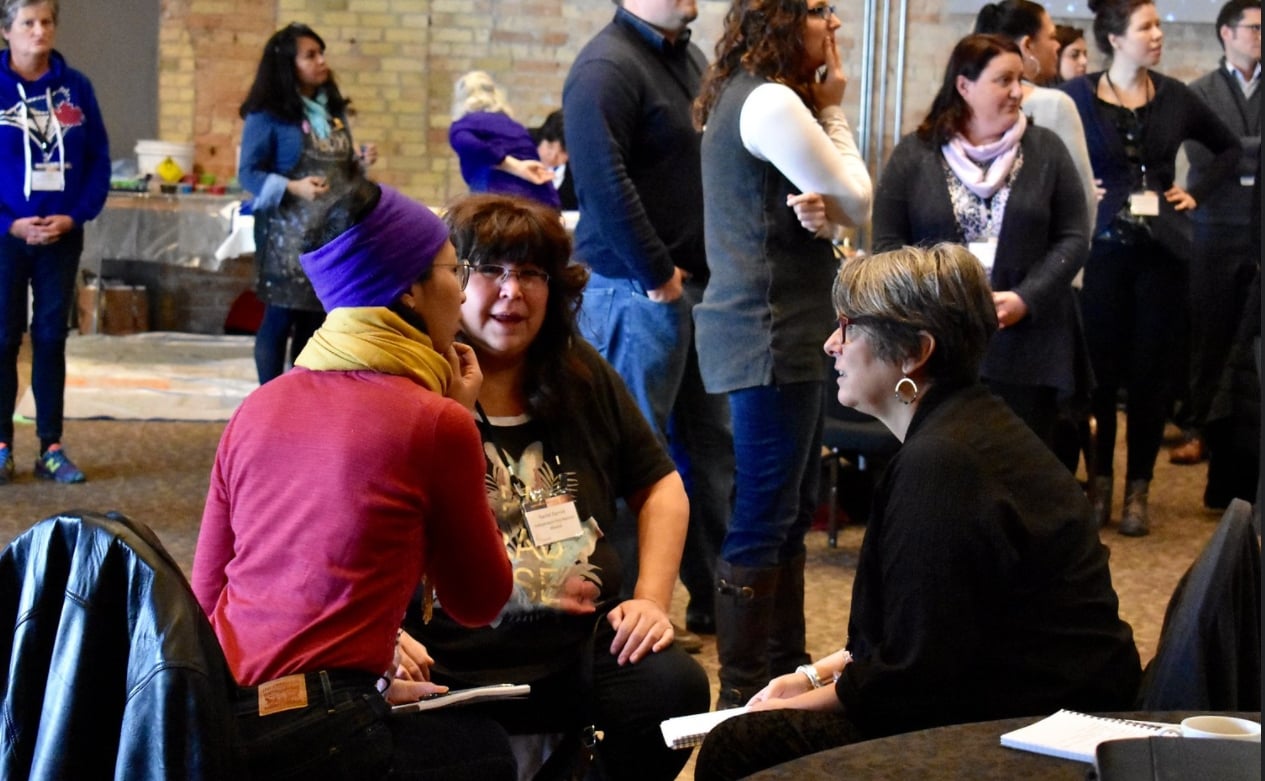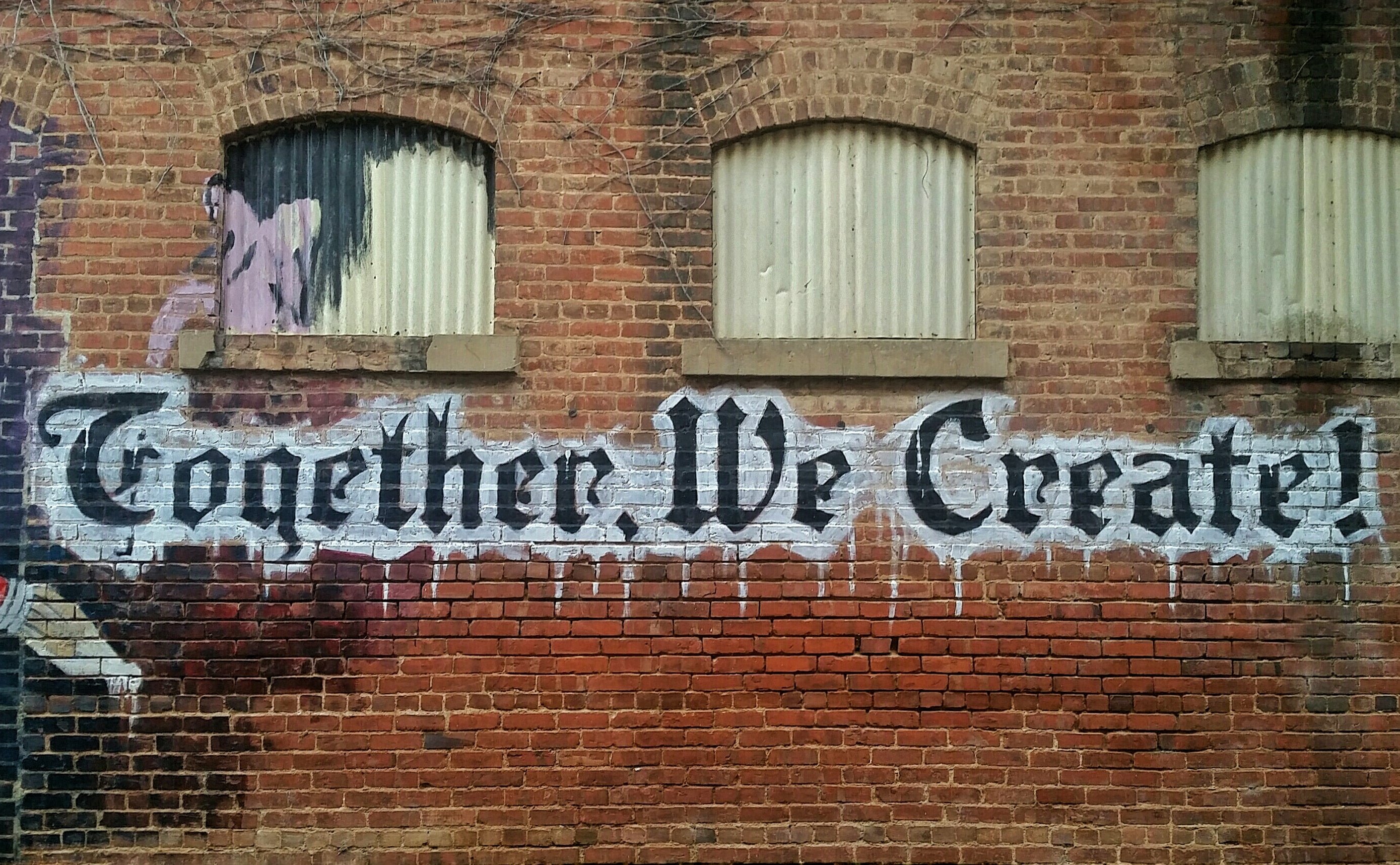Recently, I had the honour of working with the Sewall Foundation, based in Maine, to facilitate a co-design process to reimagine how one of their key programs, Healthy People Healthy Places, should function within the twin cities of Lewiston and Auburn.
From the get-go the intention was to recruit a diverse and representative group of 8-10 community members to form the co-design team. We wanted it to include representatives from both Lewiston and Auburn, key existing collaboratives, various sectors (nonprofit, business, municipal), and different races, ages, and cultures.
We knew we had been successful in recruiting a diverse team during the first session. As each person introduced themselves and the perspectives they would bring, many commented on how excited they were to be part of this team and that they’ve never been part of such a diverse group.
It’s not an easy process to recruit such a team. Sewall’s project lead was careful to make time to send emails and to make phone calls in order to understand community dynamics and existing tensions. It was important for Sewall not to be the one picking people and instead to give the power to community groups and collaboratives to nominate who they wanted to represent them. It was also important for the entire process to be completely transparent.
Here is the process we followed:
-
The project team (Sewall + Tamarack) defined the criteria for who needed to be on the co-design team – the two cities, different sectors, cultures, races, and ages.
-
The project team brainstormed a list of people to reach out to. We named known collaboratives and groups, took stock of who Sewall was already in contact with, and checked this against the criteria.
-
An email was sent to this full list to share more about the codesign opportunity and invite them to express their interest or nominate someone to be part of the team. We received 25 expressions of interest and identified a gap with no representation – youth.
-
An email was sent to the 25 people with two requests:
-
If you belong to a collaborative or network or if you work for the City of Lewiston or Auburn (including school departments), please review the attached list and reach out to others on the list who work in that network/municipality. Please decide which of you should represent the interests of the collective. Whomever you select should be able to commit to participating in 5 weekly working sessions on consecutive Thursdays.
-
In addition, we are looking for youth representatives and invite you to nominate someone. Youth representatives should also be able to commit to the 5 working sessions this summer.
-
Process note: In hindsight, this process could have been made easier by having groups only nominate a representative rather than expressing personal interest.
-
The project lead followed up by phone with various collaboratives and with nominated youth representatives to discuss the commitment, team dynamics so far, and help groups to determine who to have represent them.
-
Sewall thanked everyone for giving their time to develop a collective voice in this process. Sewall shared that they believe this is an important step in building more equitable partnerships, both among community members, and between them and Sewall Foundation.
Sewall also followed up with the full list to share the names of co-design team, thank them for their nominations and involvement so far, and let them know that we’d keep them informed throughout the process and provide opportunities for review and feedback on the recommendations.
The recruiting was just the first step. We then needed to set up the conditions to work together so that everyone would feel safe to participate. We went slow to build relationships and everyone committed to the rules of engagement:
-
Respect – all opinions are valid and we will ensure everyone has an equal opportunity to share
-
Everyone brings expertise – we will seek to listen, learn and understand
-
We are here to work together – we will spend time discussing what’s wrong, but we will look toward solutions with a mindset of possibility
In co-design, the ‘who’ is critical. It is only through forming a diverse and representative team, and creating respectful processes, that we can create solutions that will truly respond to community needs.
Learn More
-
Enrol in Foundations of Community Engagement, our new online course featuring Lisa Attygalle
-
Read Creating Containers and Co-Design: Transforming Collaboration

